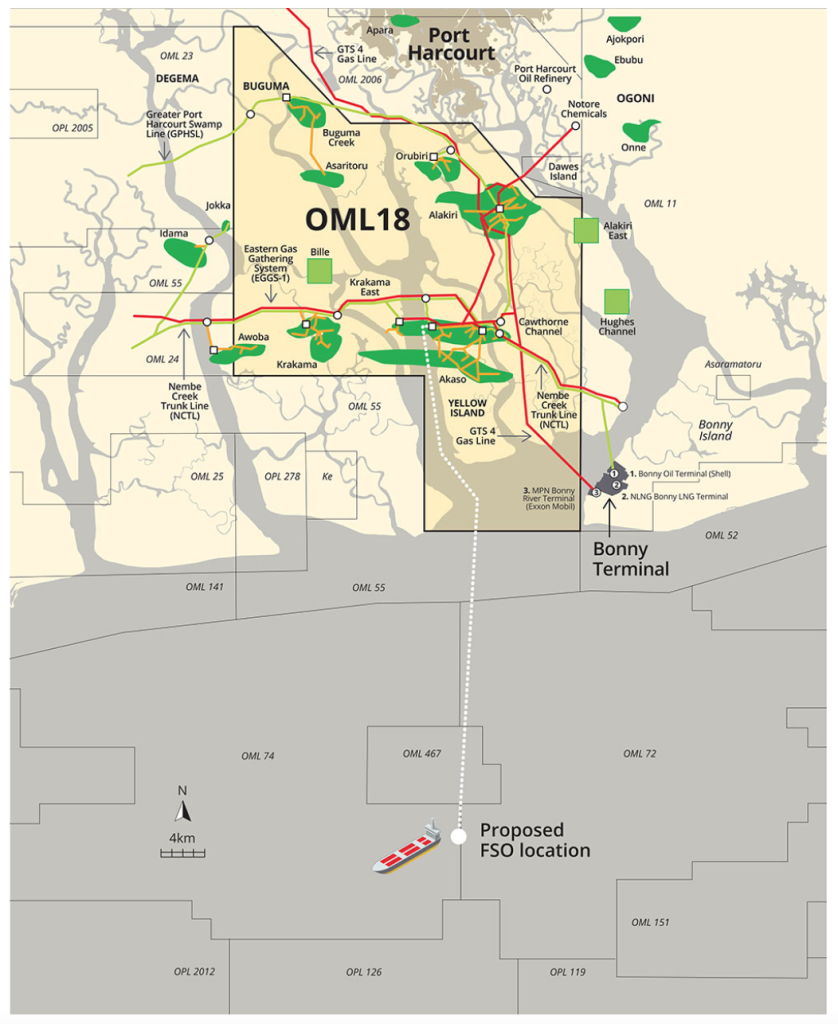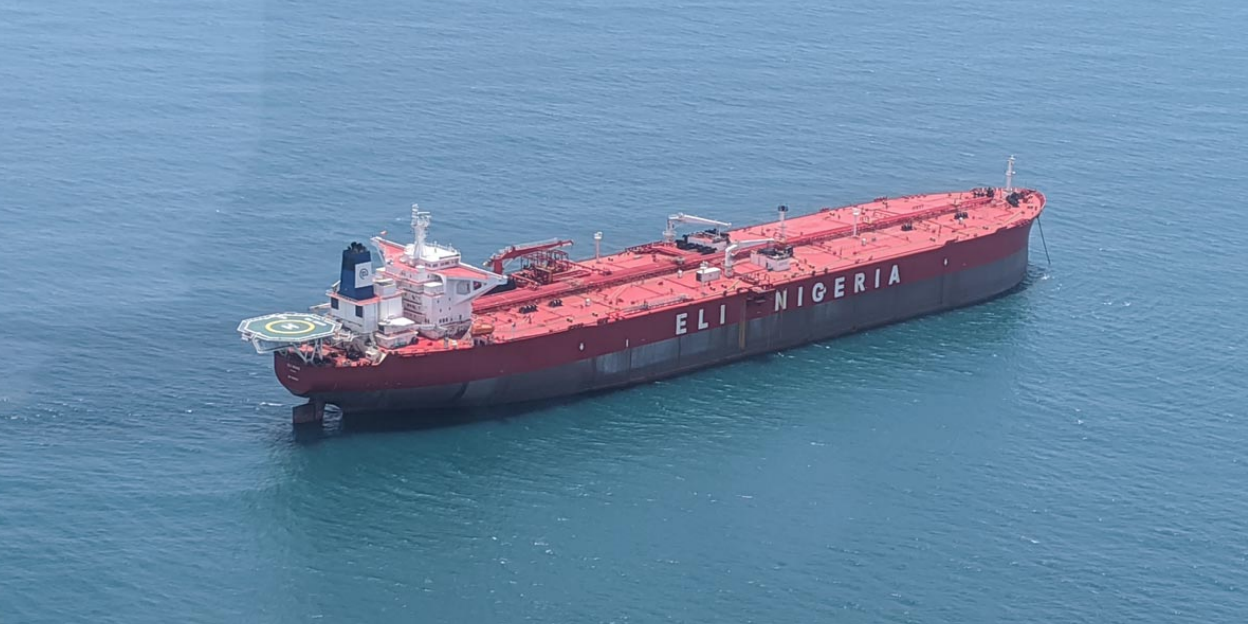The Century Group, the only Nigeria-owned company to own and operate floating, production, storage and offloading (FPSO) vessels in Africa, is consolidating its market presence on the country’s offshore oil & gas market.
On March 24th, it signed an agreement with Samsung Heavy Industries Nigeria (SHIN) for the renovation of its FPSO Tamara Nanaye. The vessel, previously known as FPSO Front Puffin, previously served as the production hub for the Aje Field on OML 113. As technical partner to the OML 113 operator, Century successfully kept the Aje field operational, productive and profitable from 2014 to 2021.
Century Group has now selected SHIN to carry out a de-bottlenecking upgrade to maintain and upgrade the FPSO ahead of its redeployment offshore Nigeria later this year. Hawilti previously reported that the FPSO Tamara Nanaye had been selected to support the redevelopment of the Kalaekule Field on OML 72, operated by West Africa E&P, a joint-venture of Dangote Exploration Assets Ltd and First E&P.
“The FPSO Tamara Nanaye is undergoing renovations such as adding topside production facilities, altering flaring capacity, change mooring system to spread mooring and adding a riser porch structure to increase the production capacity of the FPSO,” Century Group said in a post last week.
The upgrade of the FPSO locally in Nigeria will allow a shorter renovation timeline than sending the vessel for maintenance overseas, and will reduce the input cost.

On April 3rd, Century Energy Group announced another deal to complete, operate and maintain the ELI Akaso floating, storage and offloading (FSO) vessel of Energy Link Infrastructure (ELI). The FSO serves as a new evacuation route to onshore OML 18 and neighbouring fields where production has been severely curtailed by the unavailability of the main evacuation pipeline, the Nembe Creek Trunk Line (NCTL).

Under a Risk Service Contract (RSC), Century Group has already deployed its personnel, infrastructure and expertise to finish the spread mooring of the FSO, which is expects to complete on April 10th, 2023. With a storage capacity of 2 million barrels of oil, the FSO can offer a reliable export route for onshore fields seeking access to the export market. The evacuation system includes a 47km undersea pipeline with a targeted throughput capacity of 100,000 barrels of oil per day (bopd) once operational.
With both deals, Century Group continues to build local content within segments of the value-chain that are traditionally reserved for international players.

